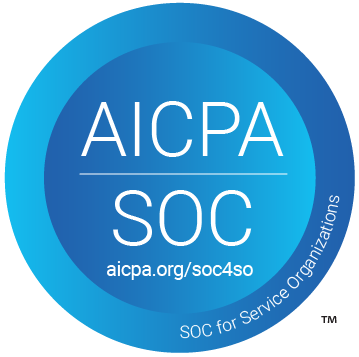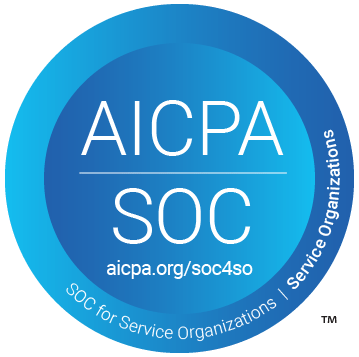Learn how to set up a webhook inside WhatsApp Cloud API using Pabbly Connect. Follow this step-by-step tutorial for seamless integration. Build sophisticated automated workflows in less time than you think. This guide translates complex integrations into straightforward steps for immediate implementation.
Watch Step By Step Video Tutorial Below
1. Setting Up Pabbly Connect for WhatsApp Cloud API
To set up a webhook inside WhatsApp Cloud API, you first need to access Pabbly Connect. This platform acts as a central hub for integrating various applications, including WhatsApp Cloud API. Once logged in, navigate to the trigger window to begin your setup.
In the trigger application section, search for WhatsApp Cloud API. Select it as your trigger application, and then choose the trigger event, which will be the message notification. This event will trigger whenever a new message is sent, delivered, or received through WhatsApp.
2. Configuring the Webhook URL in Pabbly Connect
Once you have selected the trigger event, Pabbly Connect generates a unique webhook URL. This URL acts as a bridge to connect your WhatsApp Cloud API account with Pabbly Connect. You can find this URL in the help desk section for reference.
- Copy the webhook URL from Pabbly Connect.
- Navigate to your Meta for Developers dashboard.
- Go to the WhatsApp configuration settings.
In the configuration settings, you will find an option to edit the webhook settings. Paste the copied webhook URL into the designated field. This step is crucial as it links the WhatsApp Cloud API to Pabbly Connect, enabling data transfer.
3. Verifying the Webhook Setup
After pasting the webhook URL, you need to set a verify token. This token can be obtained from the help desk in Pabbly Connect. Copy the verify token and paste it into the corresponding field in the WhatsApp configuration settings.
Once both the webhook URL and verify token are entered, click on the verify button and then save the settings. This action confirms that the webhook is correctly set up and ready to receive notifications from WhatsApp Cloud API.
4. Subscribing to Messages through Pabbly Connect
With the webhook successfully configured, the next step is to subscribe to message notifications. In the WhatsApp configuration settings, look for the manage option and scroll down to find the subscribe button.
- Click on the subscribe button to enable message notifications.
- Confirm the subscription by clicking done when prompted.
After subscribing, your WhatsApp Cloud API account is now linked with Pabbly Connect. This setup ensures that every time a message is sent or received, the details are captured in Pabbly Connect.
5. Testing the Integration with Pabbly Connect
To test your webhook integration, you need to send a WhatsApp message. This action will trigger the webhook and allow you to see if the data is captured correctly in Pabbly Connect. After sending the message, return to Pabbly Connect to check for the webhook response.
Once the message is sent, the details such as message content, sender’s number, and message type will be displayed in Pabbly Connect. This confirms that the integration between WhatsApp Cloud API and Pabbly Connect is functioning as intended.
Conclusion
In this tutorial, we explored how to set up a webhook inside WhatsApp Cloud API using Pabbly Connect. Following these steps allows for seamless integration and real-time message notifications, enhancing communication capabilities for businesses.
Ensure you check out Pabbly Connect to create business automation workflows and reduce manual tasks. Pabbly Connect currently offer integration with 2,000+ applications.
- Check out Pabbly Connect – Automate your business workflows effortlessly!
- Sign Up Free – Start your journey with ease!
- 10,000+ Video Tutorials – Learn step by step!
- Join Pabbly Facebook Group – Connect with 21,000+ like minded people!






